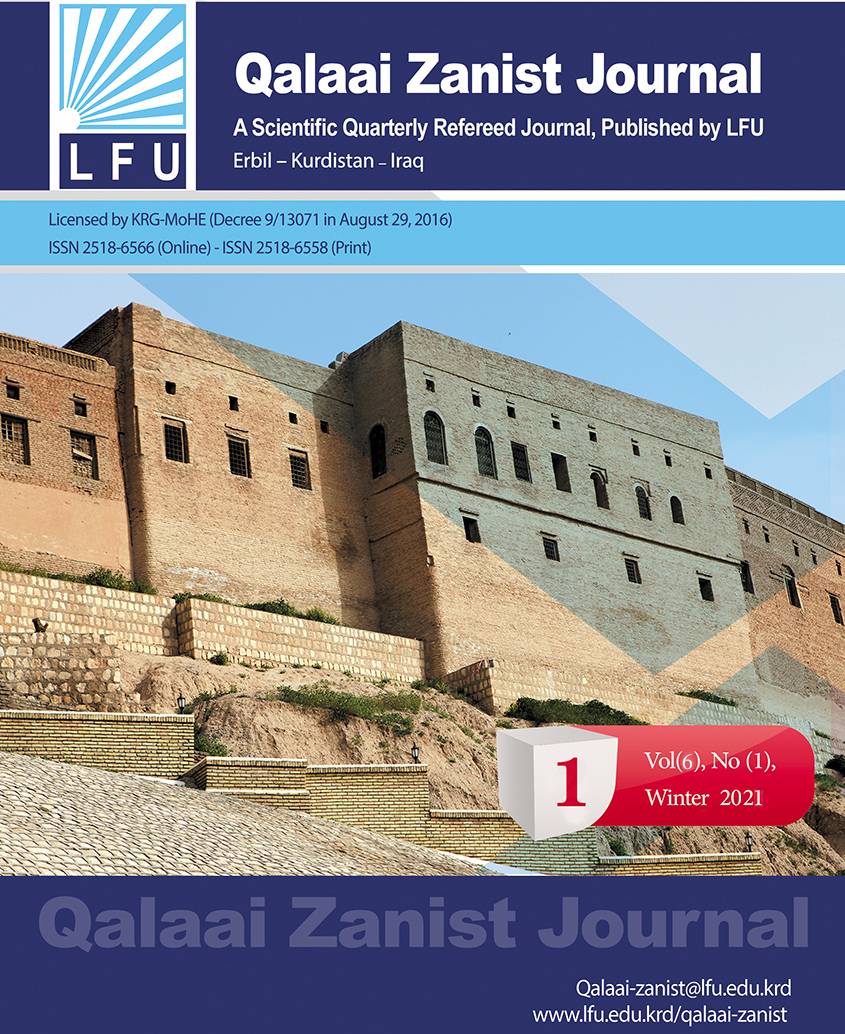Visual Literacy in Built Environment Context A Theoretical Study of The Potential to Write and Read Architecture
##plugins.themes.bootstrap3.article.main##
Abstract
Architecture as a language is not a new subject that has been brought up on the table recently but rather is an assumption that has arisen since the last century. The purpose of this research is to understand how can this language be read visually as long as its designs are written text by formulating terms adopted by the basic concept of Literacy which has been defined as the ability to read and write. This paper refers to architectural projects as written text in a built environment, and perception will be referred to as reading. In the formulation of this concept, the research methodology is designed to establish a framework of analysis through the use of theoretical factors derived from previous studies and mainly focused on the work of Gestalt Theory. The research concludes that the audience is literate and conscious of architecture, which indicates that the potential to read architecture can be acquired
Downloads
##plugins.themes.bootstrap3.article.details##
How to Cite

This work is licensed under a Creative Commons Attribution-NonCommercial-ShareAlike 4.0 International License.
Qalaai Zanist Journal allows the author to retain the copyright in their articles. Articles are instead made available under a Creative Commons license to allow others to freely access, copy and use research provided the author is correctly attributed.
Creative Commons is a licensing scheme that allows authors to license their work so that others may re-use it without having to contact them for permission





